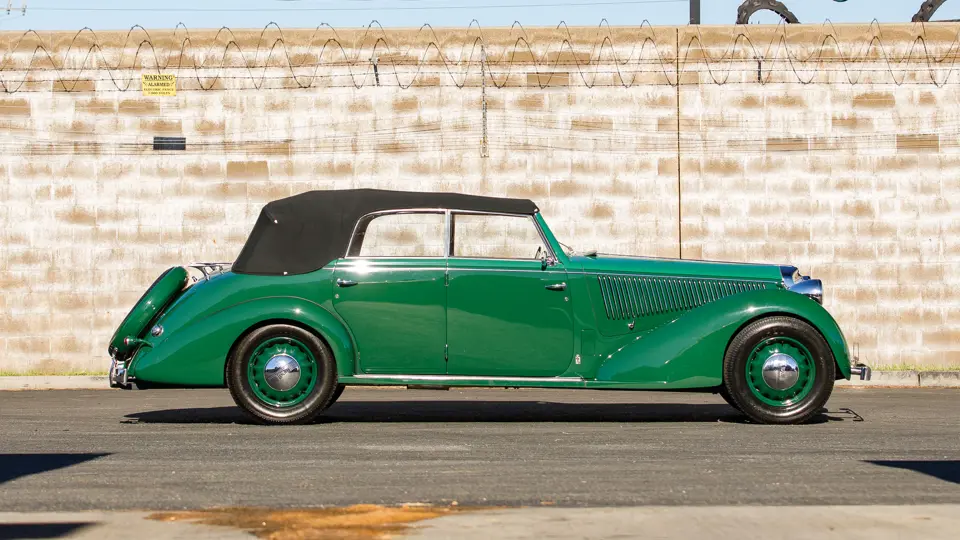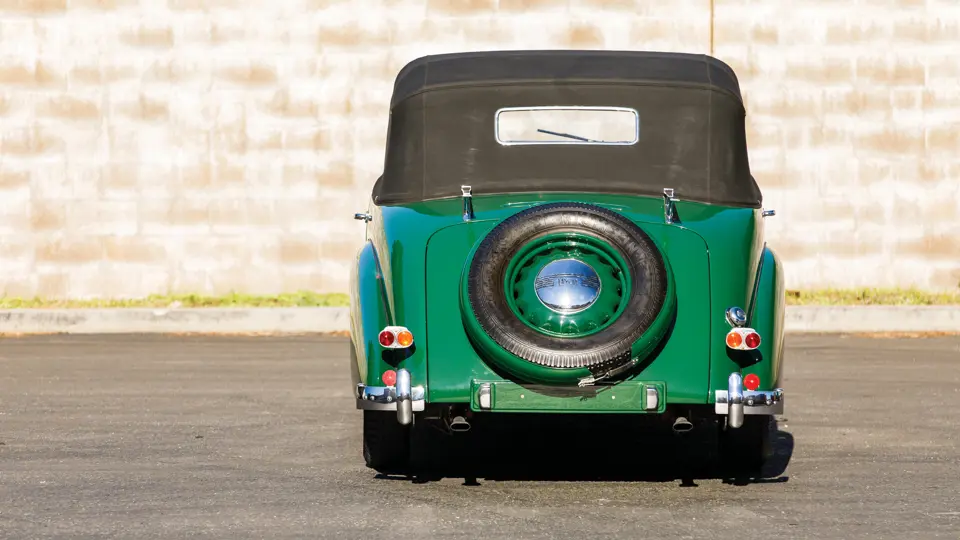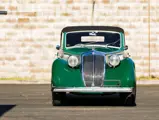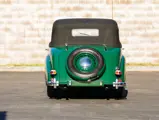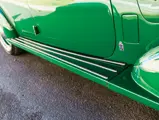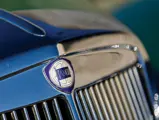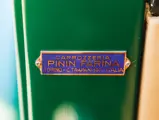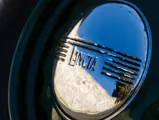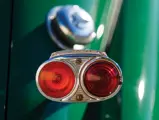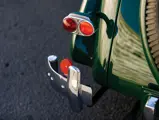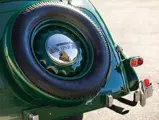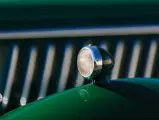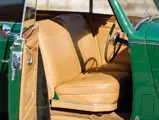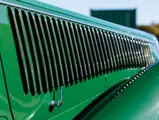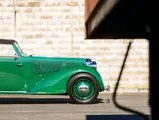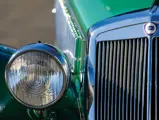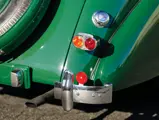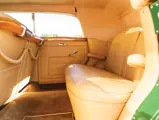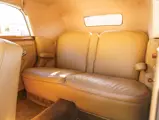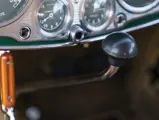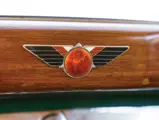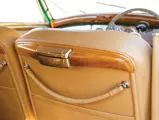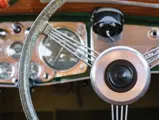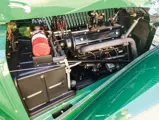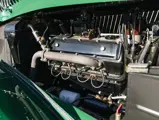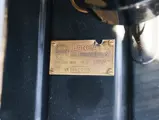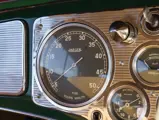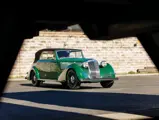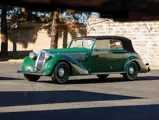Sophisticated, stylish, and expensive, the Pinin Farina-designed Astura was Lancia’s premier luxury model during the Art Deco era. The car displayed all the right attributes: flowing lines, a whiff of flamboyance, and a fashionable aura that made it the choice of Italian dignitaries – including Mussolini, who used an Astura coupe as his government car. Produced from 1931 to 1939 in four series, the exquisite Astura was regarded as one of the most beautiful cars of its time. Fewer than 3,000 models were built with only 426 in the fourth series – all long-wheelbase versions.
This rare fourth series, four-door, right-hand-drive Astura cabriolet has a rich history. It was originally purchased in 1938 and shipped to London for the Italian ambassador. The car was later acquired in Britain by Peter McAdam who retired to Toowoomba, Queensland, Australia, in the late 1960s and brought the car with him. McAdam died soon afterward, and his nephew inherited the car. In 1971, he sold it to the previous owner, a Melbourne resident and Lancia aficionado. Dissatisfied with the restoration the car received in England, in 1972 he elected to restore the Astura from the ground up. Slowly but surely, the project took 30 years to complete.
In restoring the Astura, the cast iron engine – a 3.0-liter SOHC V-8 with 10 more horsepower than the 2.6-liter unit used in the first and second series – with its aluminum crankcase was fully rebuilt. So were the drivetrain, suspension, and brake and electrical systems, with components repaired, restored, replaced, or upgraded to proper operating condition.
The Astura’s cabriolet body also received attention. The car has a mid-green paint color with a slightly lighter shade above the molding line. Appropriate ornamentation includes a chromed radiator grille and chromed louver moldings and molding strips along each side of the car. All window glass was removed and polished. An emphasis was placed on authenticity: tires, wheels, and hubcaps stayed true to the Art Deco look. The spare tire is mounted on the trunk lid. A restored black convertible top finishes the exterior appearance.
The cabin is exceptionally pleasing. Seats have been reconstructed and covered with beige leather. The matching wood and carpeting look fresh. The dashboard displays original Jaeger gauges and includes a speedometer and tachometer, clock, fuel gauge, and oil pressure gauge, all surrounded by three chromed escutcheon plates engraved with an Art Deco pattern.
Since its rejuvenation, this very drivable Astura has covered approximately 12,000 miles, some of which came from participating in the 2015 Australian Lancia Register’s Rally at Castlemaine.
Combine that condition with the car’s rare status, and the Astura stands as an opportunity no serious collector should miss.




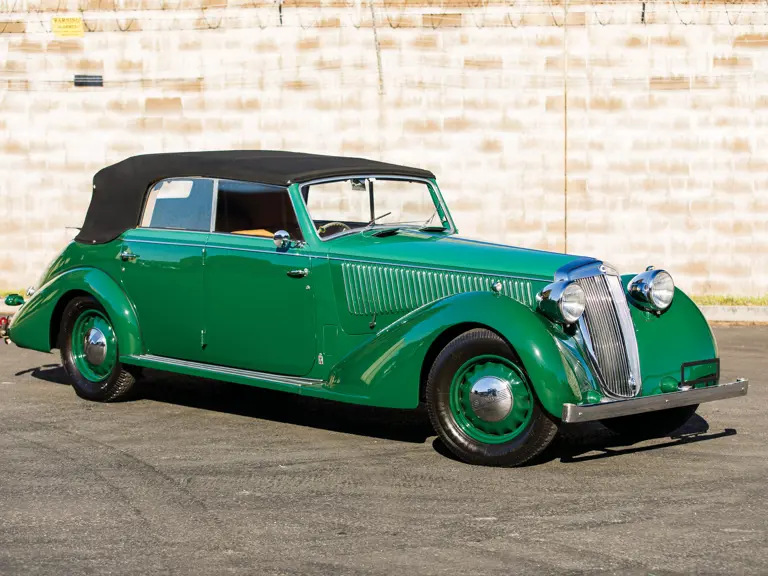
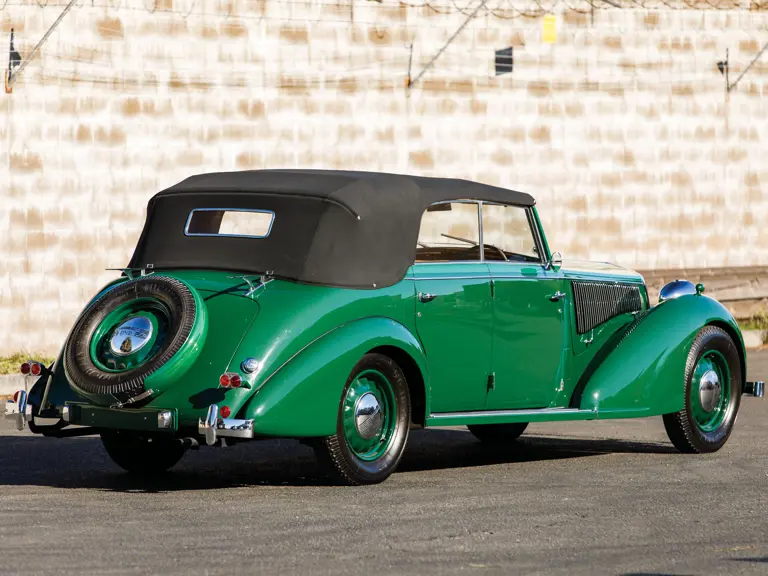

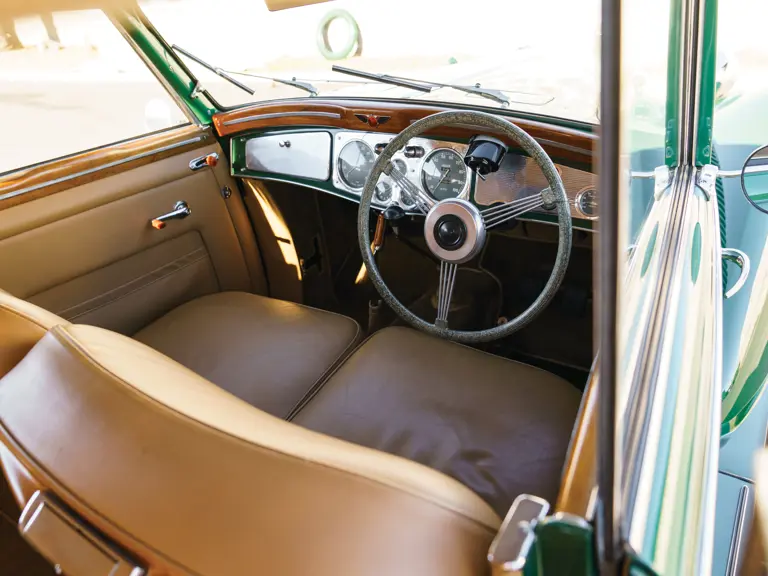
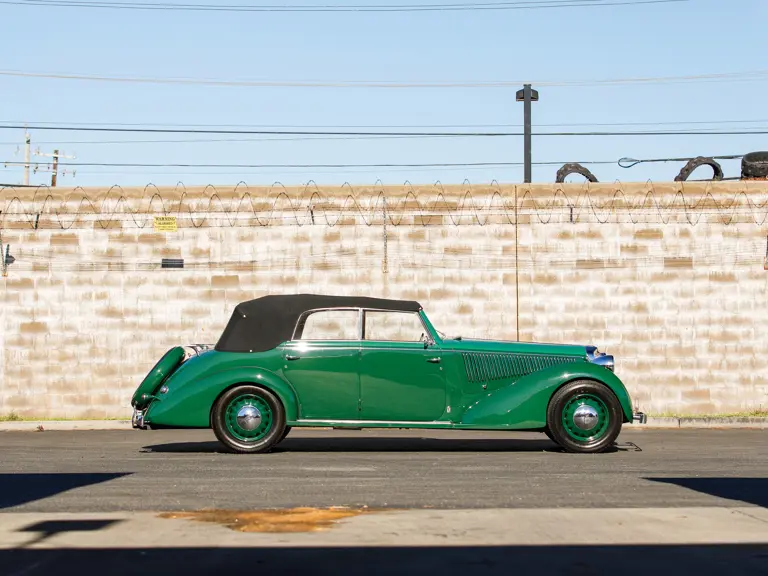

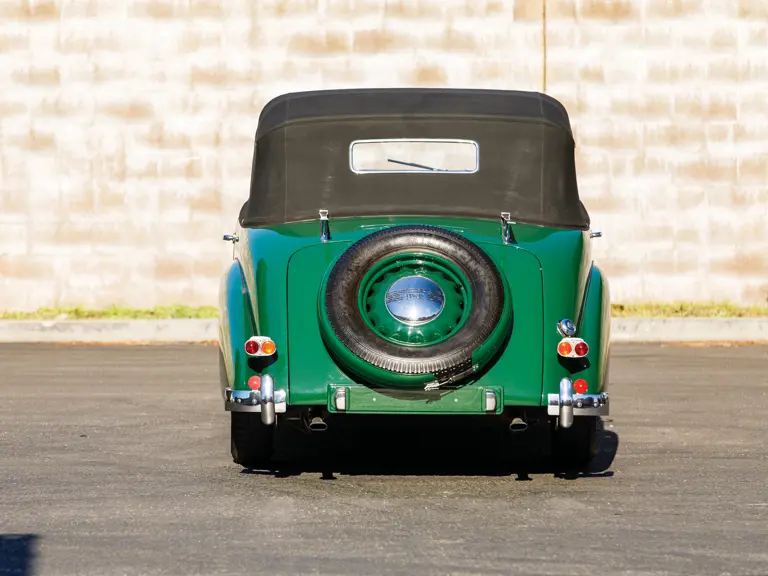
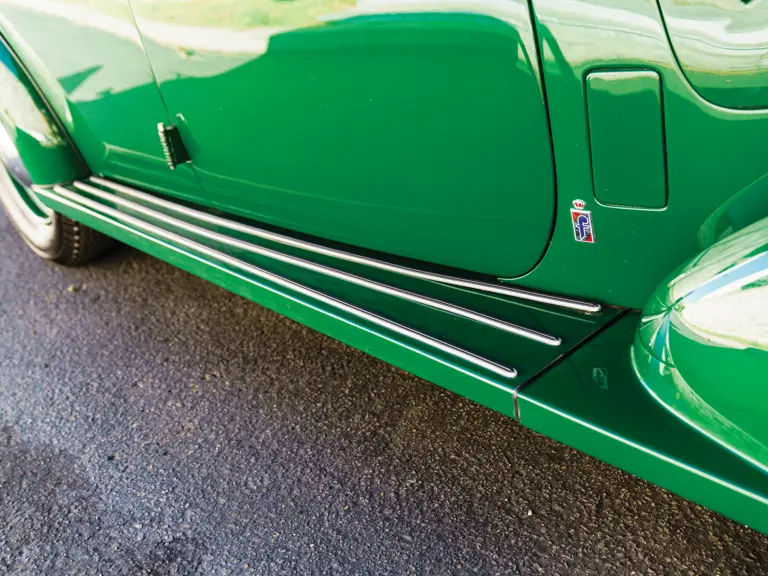

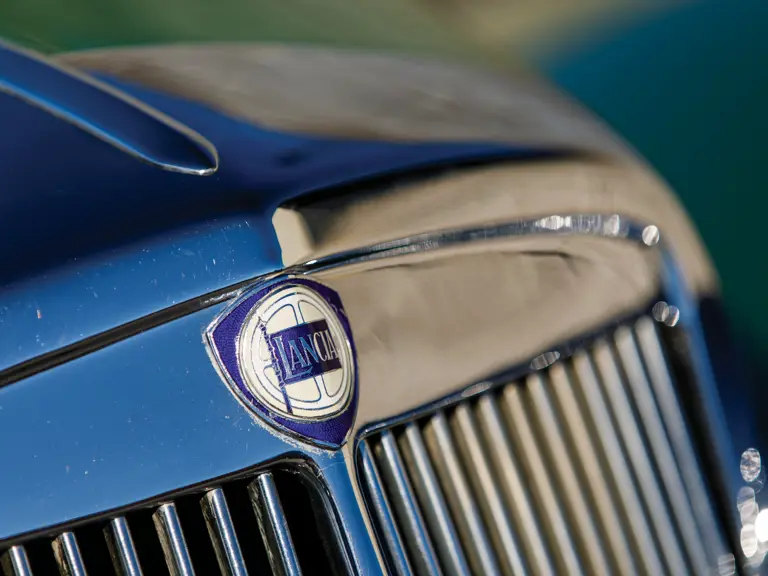
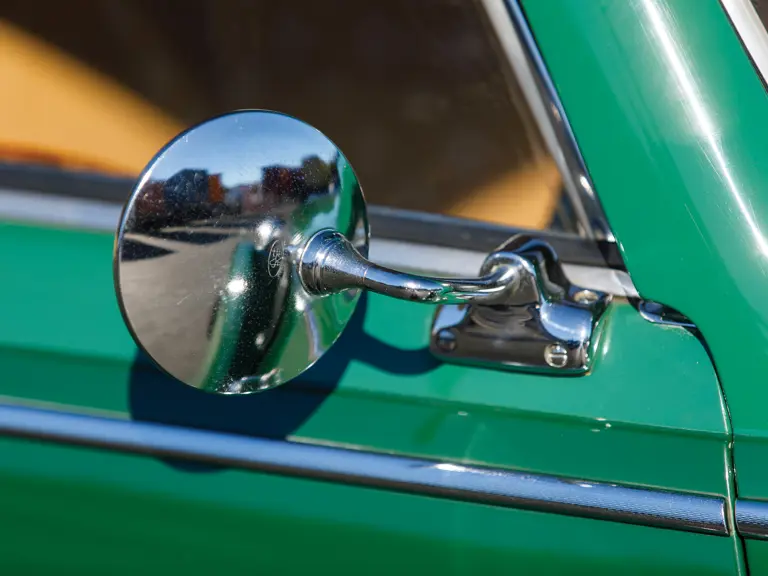

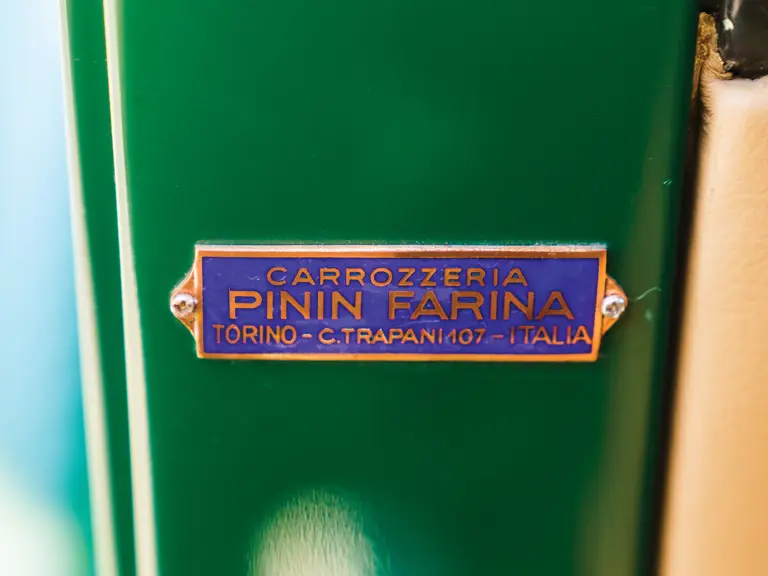

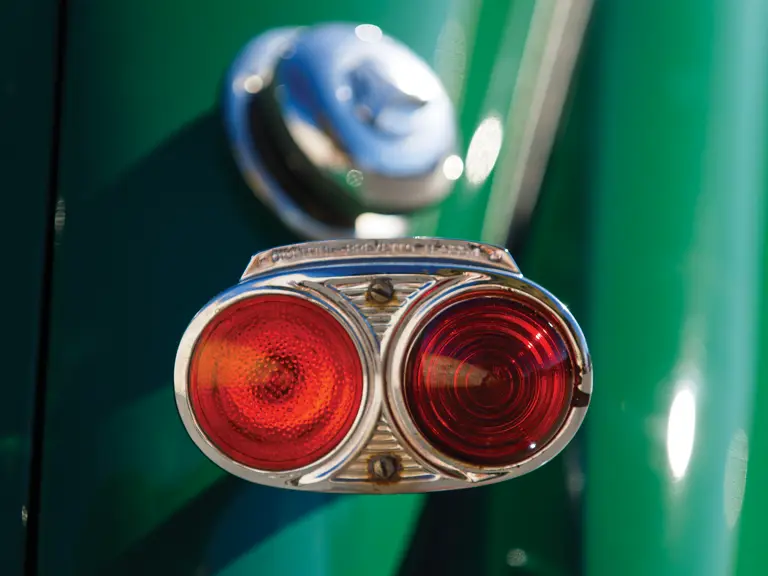
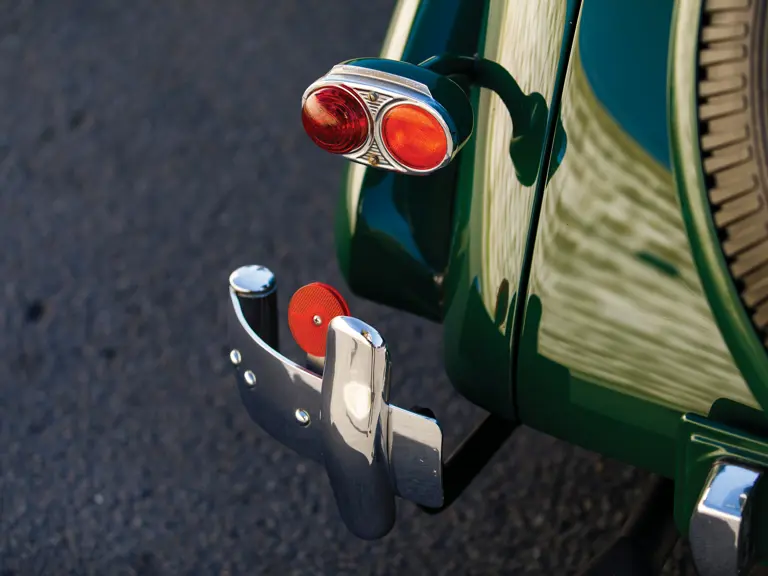
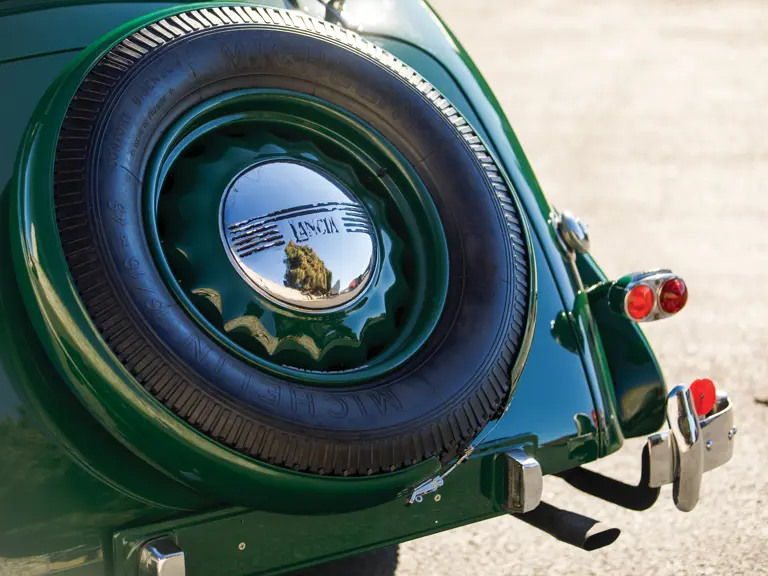
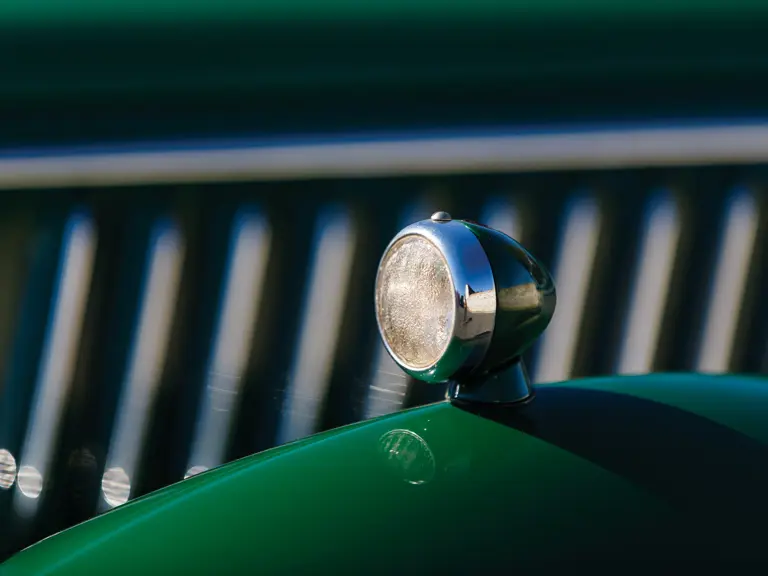

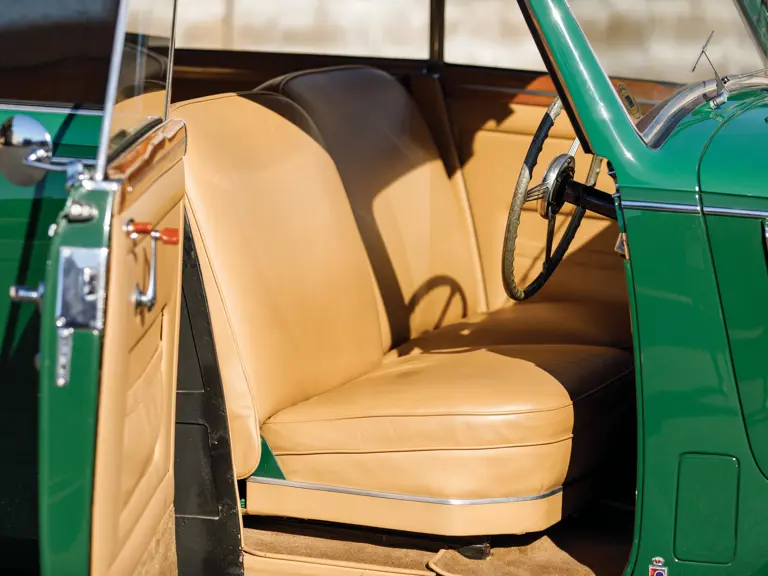

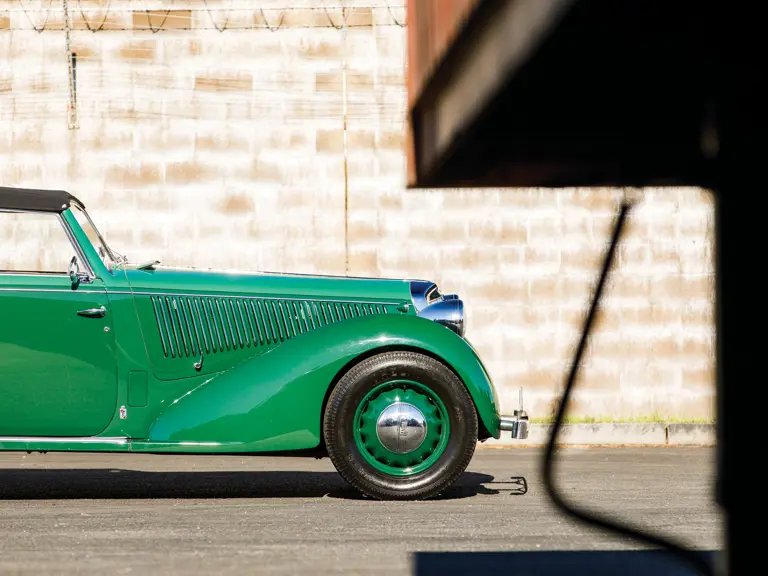

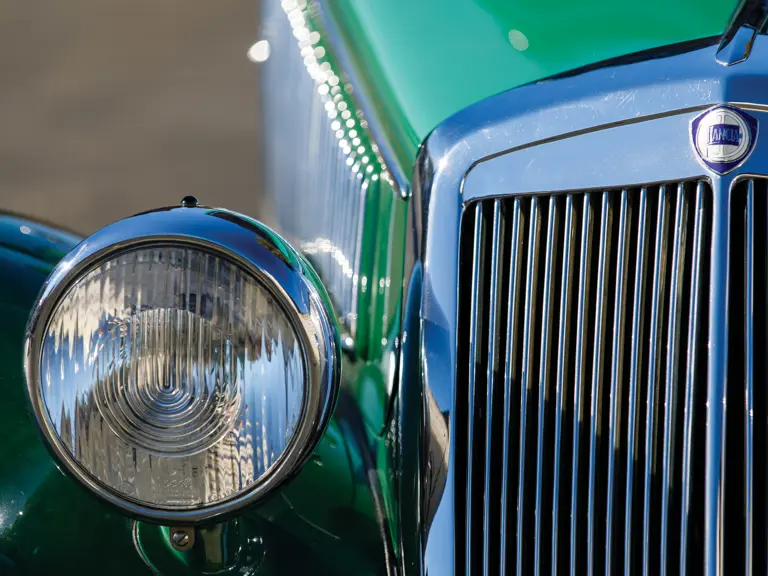


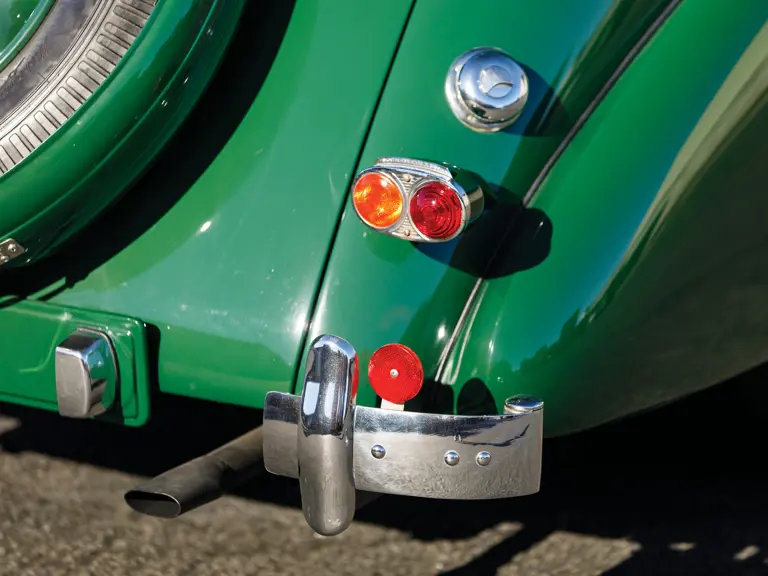


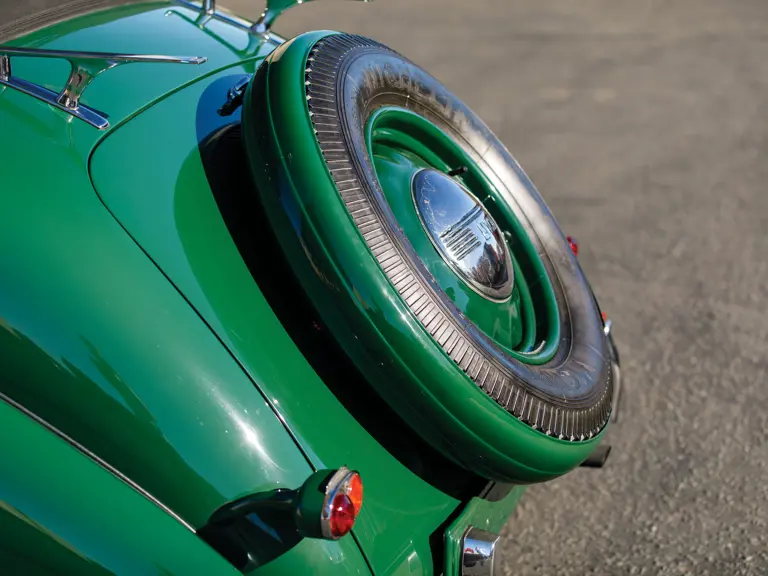
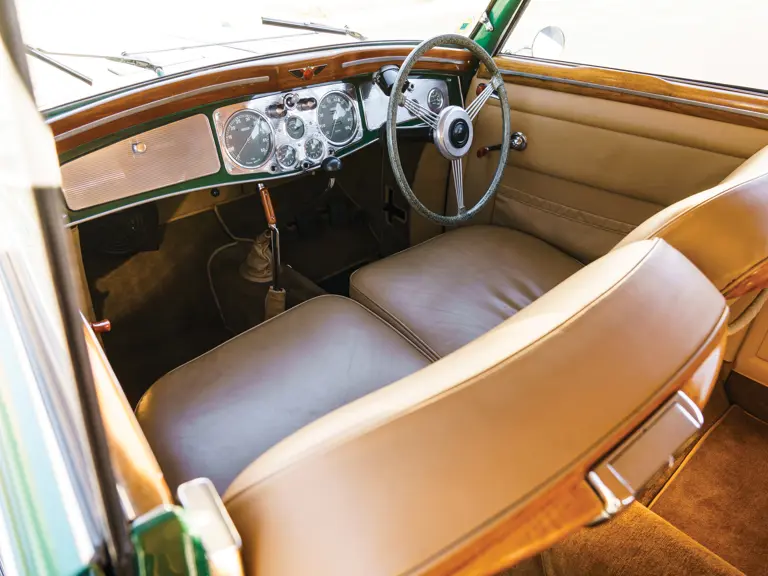
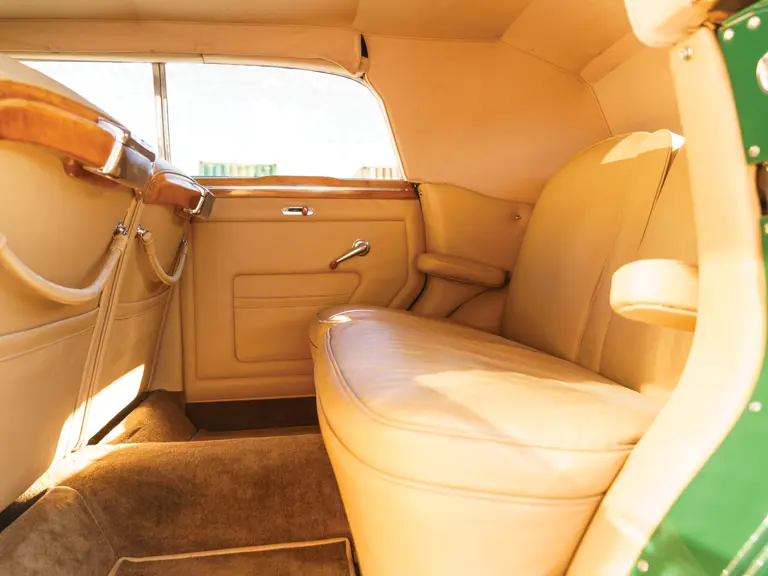
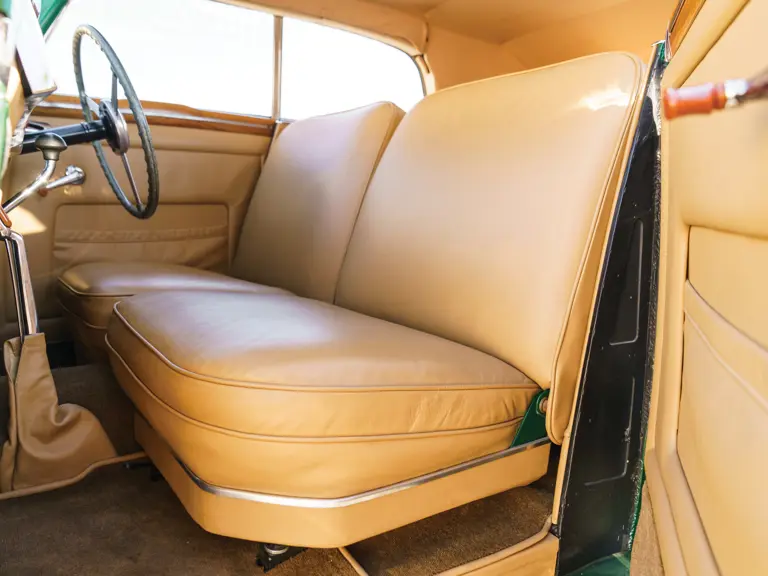


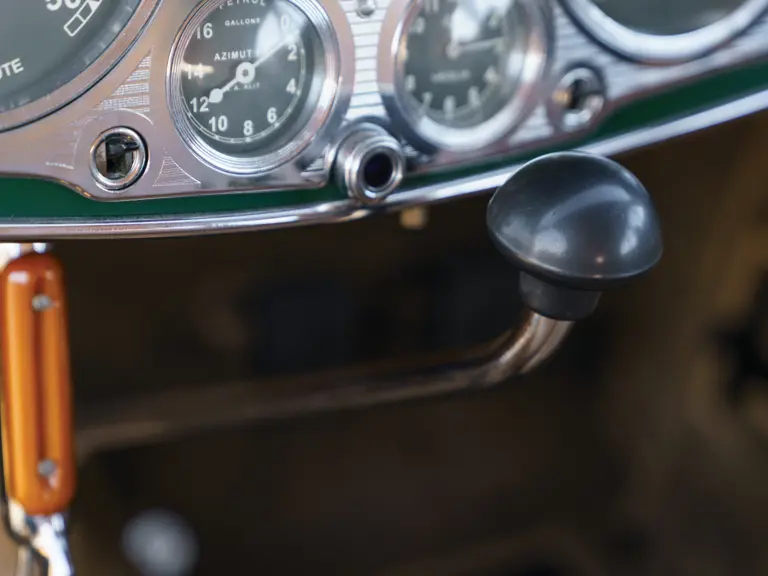

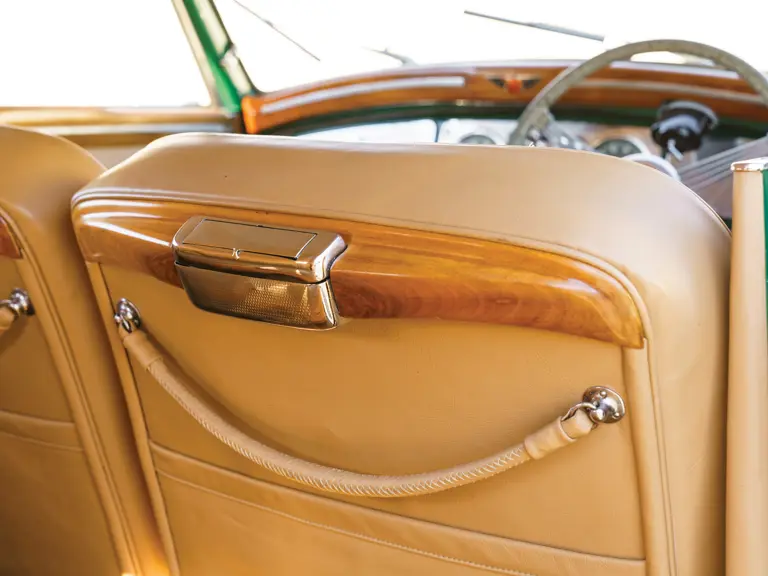
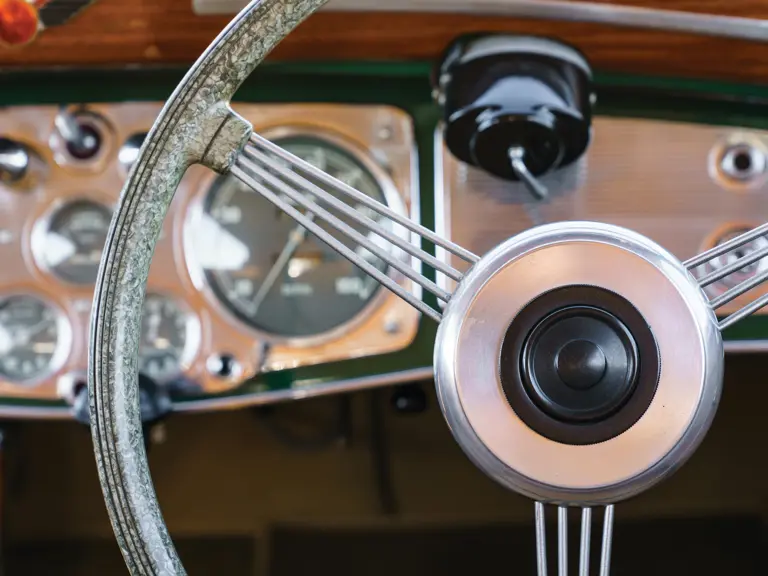
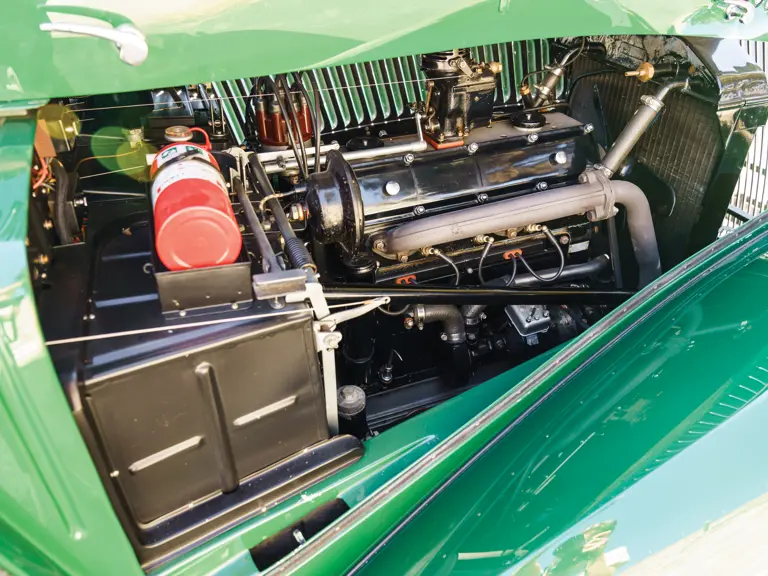
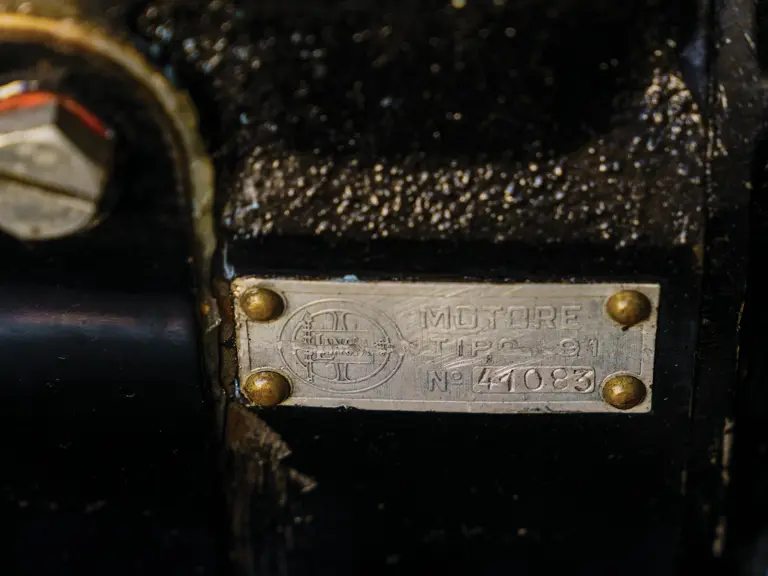
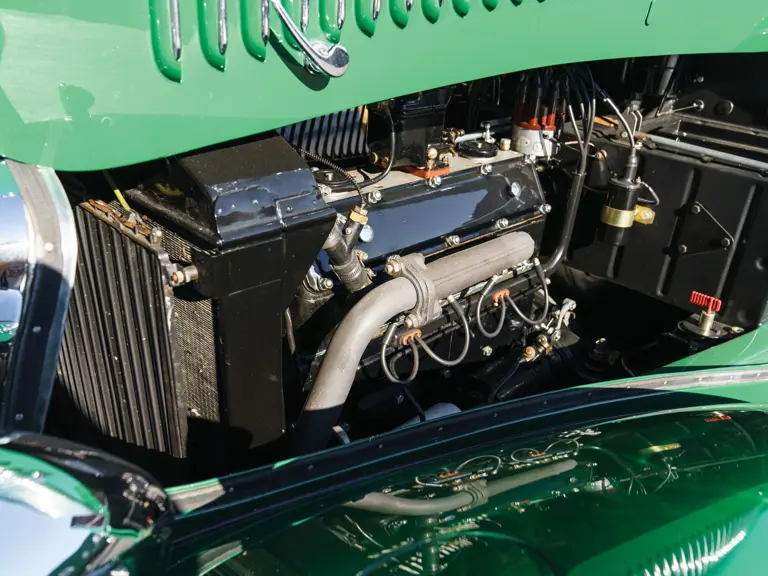
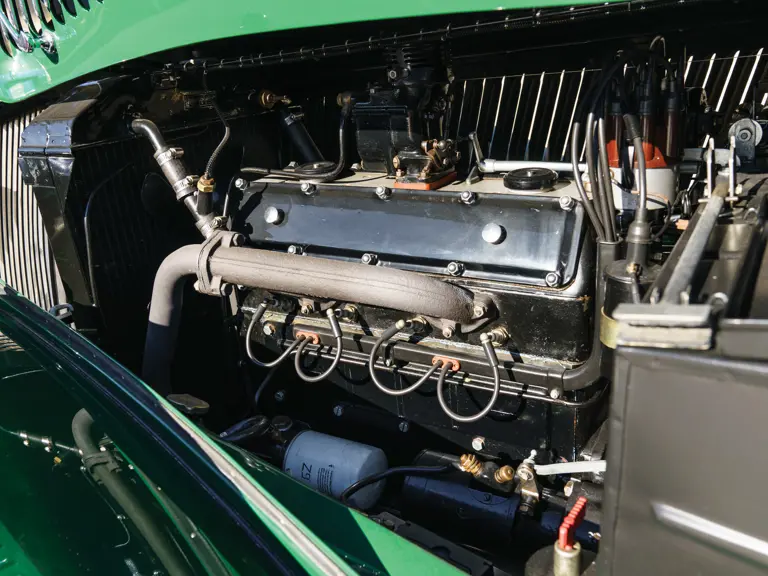
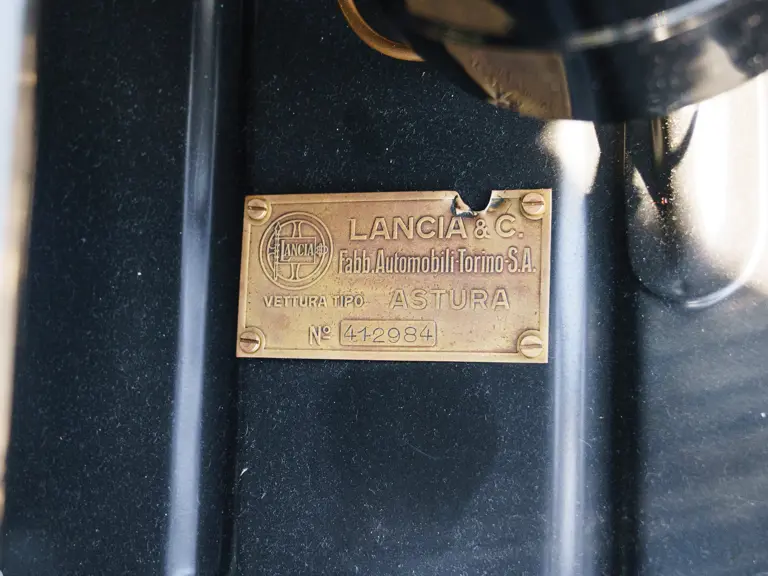

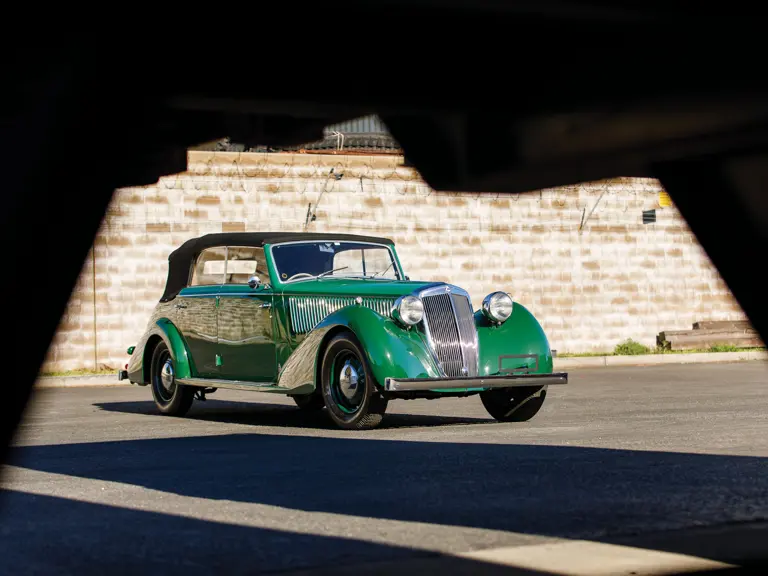
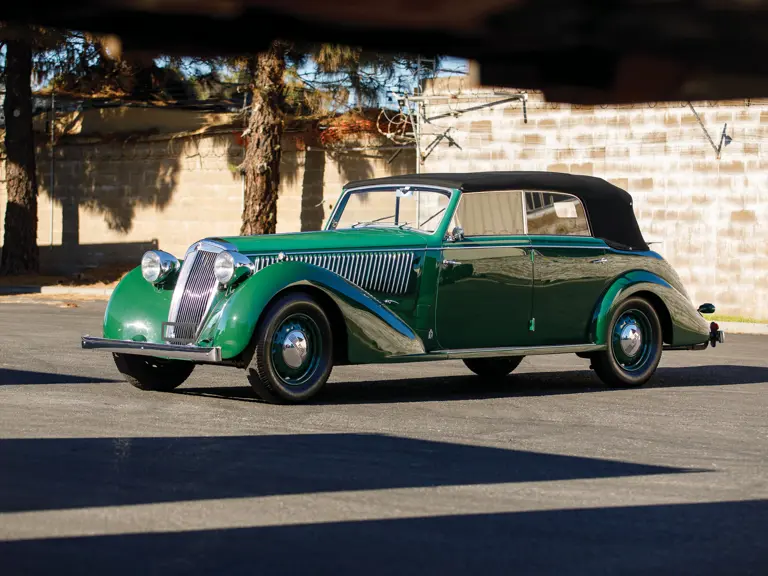

 | Phoenix, Arizona
| Phoenix, Arizona
